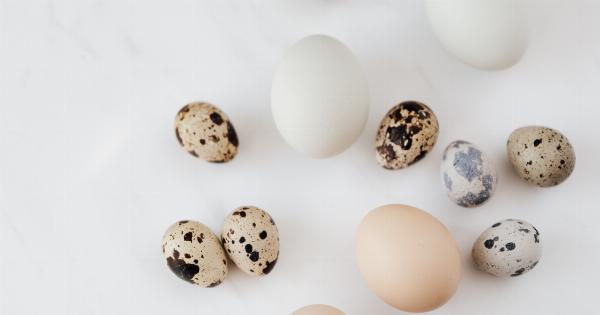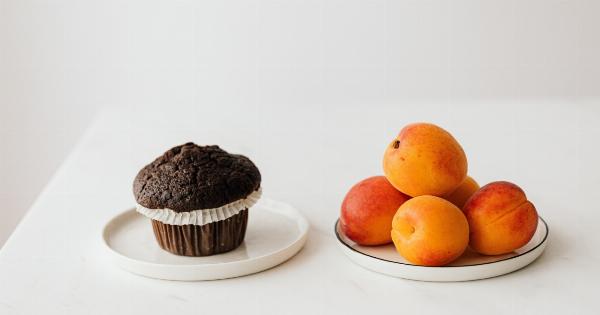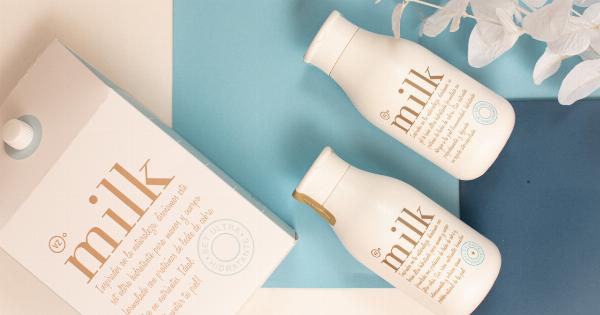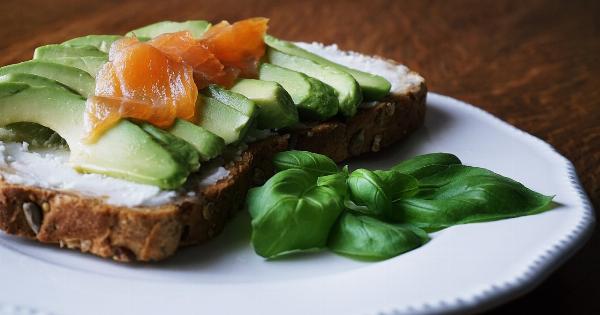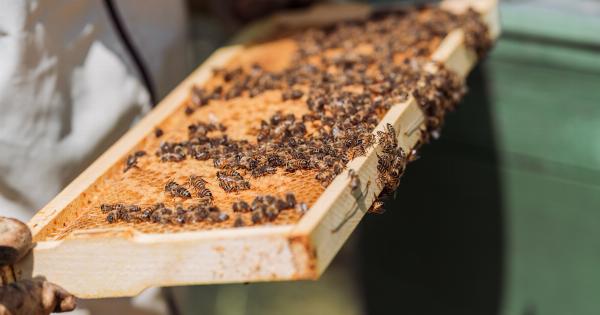As Easter approaches, many people look forward to indulging in delicious treats and sweets. However, the holiday season doesn’t have to be synonymous with unhealthy eating habits.
With a few smart tweaks, you can make your Easter treats lighter and more nutritious without sacrificing flavor. Whether you’re hosting a gathering or simply want to enjoy some festive treats at home, these tips and ideas will help you create healthier options that everyone will love.
1. Choose Dark Chocolate
When it comes to Easter treats, chocolate is a classic favorite. Instead of reaching for milk chocolate, opt for dark chocolate with a high percentage of cocoa. Dark chocolate contains less sugar and more antioxidants, making it a healthier choice.
Look for chocolate that has at least 70% cocoa for maximum benefits. You can use dark chocolate to make chocolate-covered strawberries, drizzle it over fruits, or even incorporate it into homemade truffles.
2. Incorporate Fresh Fruits
Add a touch of freshness and natural sweetness to your Easter treats by incorporating a variety of fresh fruits.
Fresh berries like strawberries, raspberries, and blueberries can be used to top desserts, decorate cakes, or as a filling for tarts and pies. You can also serve fruit skewers alongside chocolate fondue for a healthier alternative to traditional Easter candies.
3. Swap Refined Flour for Whole Wheat
When baking Easter treats, consider replacing refined flour with whole wheat flour. Whole wheat flour contains more fiber and nutrients compared to refined flour, making it a healthier choice.
You can use whole wheat flour to make cookies, cakes, and bread. It may alter the texture slightly, so you might need to experiment with the proportions of ingredients to achieve the desired results.
4. Reduce Sugar Content
Easter treats often tend to be loaded with sugar, but it’s possible to cut back on the sweetness without compromising taste.
Experiment with reducing the amount of sugar in your recipes by using natural alternatives like honey, maple syrup, or fruit puree. These options add flavor and sweetness while offering additional nutrients. Keep in mind that some recipes may require adjustments to achieve the desired texture and consistency.
5. Opt for Lighter Frostings
Traditional frosting can be high in calories and saturated fat. To make your Easter cakes and cupcakes lighter, choose frostings that have a healthier profile.
Greek yogurt can be a great substitute for heavy cream or butter in frostings, adding a tangy flavor and creaminess without the excess calories. You can also experiment with whipped coconut cream or cream cheese-based frostings for a lighter and more nutritious option.
6. Focus on Naturally-Colored Decorations
Easter treats are often adorned with colorful decorations, but many store-bought options contain artificial dyes and additives. Instead, focus on using natural ingredients to add color to your treats.
For example, pureed beets or beet powder can be used to create a vibrant pink hue, while spinach or matcha powder can produce a beautiful green color. By using natural colors, you can make your treats not only visually appealing but also free of unnecessary chemicals.
7. Make Mini Portions
One way to enjoy Easter treats without going overboard is by making mini portions. Instead of baking large cakes or pies, opt for bite-sized versions like mini cupcakes or cake pops.
Mini desserts not only provide portion control but also allow for more variety. You can serve an assortment of different treats without the guilt of overindulging.
8. Use Alternative Sweeteners
If you’re looking for a healthier alternative to traditional sweeteners, consider using alternatives like stevia or monk fruit extract.
These natural sweeteners have fewer calories and a lower glycemic index compared to sugar, making them suitable for those watching their sugar intake. Substitute sugar with the appropriate measurements of these sweeteners in your recipes to create lighter versions of your favorite Easter treats.
9. Get Creative with Substitutions
Substituting certain ingredients can significantly reduce the calorie and fat content of your Easter treats. For example, you can use unsweetened applesauce or mashed bananas as a substitute for oil or butter in baked goods.
Applesauce adds moisture and natural sweetness, while mashed bananas provide a creamy texture. Similarly, you can replace full-fat dairy with lower-fat alternatives like Greek yogurt or almond milk without sacrificing taste.
10. Offer Wholesome Alternatives
In addition to making lighter versions of traditional Easter treats, consider offering wholesome alternatives for those seeking healthier options.
Fresh fruit platters, veggie trays with delicious dips, and homemade granola bars can provide nutritious options while still being delicious. By offering a variety of choices, you can cater to different dietary preferences and ensure there’s something for everyone to enjoy.

